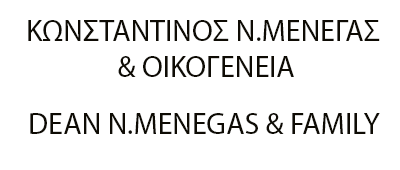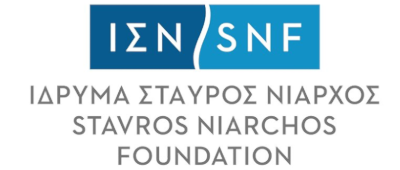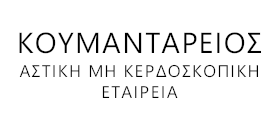Excavation Reports
2005 Reports
19-06-2005 13:16In the period 2-24 September 2005 the following works were carried out:
- Agia Kyriaki hill and the surrounding area were surveyed in detail by topographers of the National Technical University of Athens, Kostas Zafeiris and Giorgos Souris. The evidence surviving from previous research carried out by Ch. Tsountas (1890/91), A. Furtwängler (1904), E. Fiechter (1907) and E. Buschor (1925), was recorded in the new plans.
- The existing condition of the archaeological site was mapped and the surviving parts of the crepis of the Throne, of the Peribolos (surrounding retaining wall) as well as the later church of St Kyriaki were documented by measured drawings.M
- Most of the in-situ architectural members of the Throne and the Altar, which were either stacked in a pile of stones or were dispersed in various places and on the slopes of the hill, were drawn, studied, photographed and identified.
- All the architectural members from the monuments of the Sanctuary were gathered, sorted in categories and fenced inside the archaeological site and the already expropriated area. Thus, any further deterioration of the marbles’ surface will be avoided and their protection will be ensured until their final enhancement is decided upon. This task was carried out with the valuable assistance of a team from the V EPCA.
- Many architectural members of the Throne and the Altar, which were incorporated in the fabric of the churches of Prophet Elijah, Sts Theodore and St Nicholas in modern Amykles, as well as in the church of the Virgin in the community of Agios Ioannis, Sparta, were located, photographed and temporarily recorded.
- Last, those architectural members originating mainly from the Throne and presently kept in the internal courtyard of the Sparta Archaeological Museum were photographed, drawn and studied.
Although the timeframe of the first phase of research was limited, the results can be characterized as absolutely positive. Suffice it to say that, apart from the protection of the material in situ, many members from the upper structure of the buildings of the Sanctuary, which are not included in the publications of E. Fiechter (“Amyklae. Der Thron des Apollon“, JdI 33, 1918, 107-245) and W. von Massow (“Vom Amyklaion“, AM 52, 1927, 1-85), were discovered. Moreover, it was possible to propose a graphic reconstruction of the circular Altar, thanks to Manolis Korres’s study of the only five parts, at present, for which measured drawings have been made. Given the fact that many of the members of the Altar are built into the fabric of Byzantine and Post-Byzantine churches of the region, we have already begun to explore the prospect of an at least partial future restoration of this monument.











